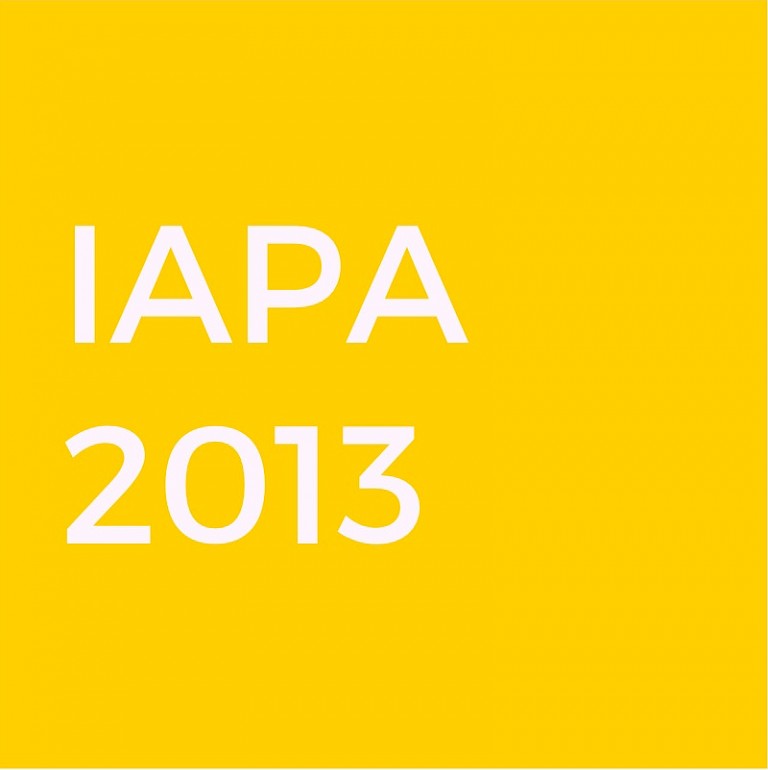



As a durational installation, Flotage accomplished key objectives of the 48°c public art festival, namely, to interrogate the fragile Delhi ecosystem, one of the most polluted in the world, and to revitalize the Roshanara area, long abandoned and neglected within the city by drawing in numerous visitors and engaging them in leisure activities within the garden. As an extension of the project, Sundaram had the bottles (stacked 4-feet high) transported by a team of waste pickers on bicycles through the city streets to the neglected and polluted Yamuna River. This procession through the streets stimulated a great deal of public attention, prompting many questions to the waste-pickers, thus drawing attention to the life cycle of the ubiquitous commodity of the plastic water bottle. At the river, the bottles were assembled into a 45-foot-long raft, which was then floated along the Yamuna, finally becoming worthy of the project title.
A video-work was produced by Sundaram based on this aspect of Flotage, which was subsequently exhibited in the Berardo Museum, Portugal (2009), the Walsh Gallery, Chicago (2009) and in the Yamuna-Elbe public art project (2011-2012). Part of the Flotage work was acquired by the Berardo Museum, while the rest of the bottles were transported by waste-pickers to a shredding factory, where the plastic was converted into fibre-wool and on-sold as stuffing for puffer winter jackets for guarding against the elements. Flotage ultimately became “a recycling game” to quote the artist, involving not only the recycling of plastic in India, but also the recycling of documentary video across international sites, a game at once playful and serious, raising the specter of a coming war for the exploitation of blue gold.
All copyright belongs to Shanghai Academy of Fine Arts, Shanghai University.



